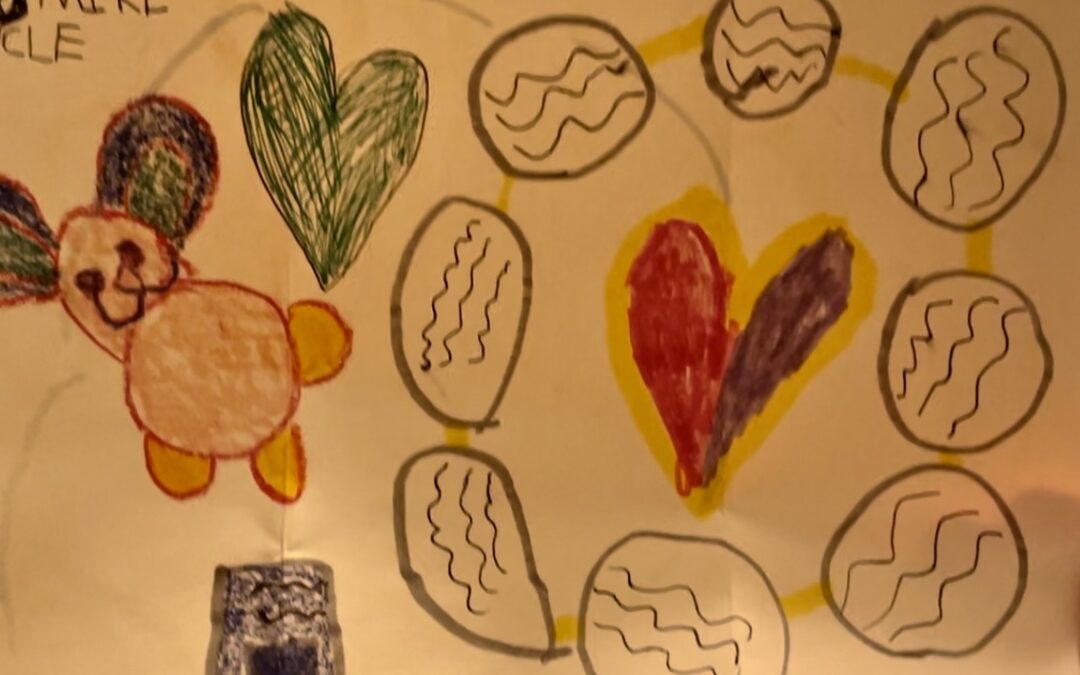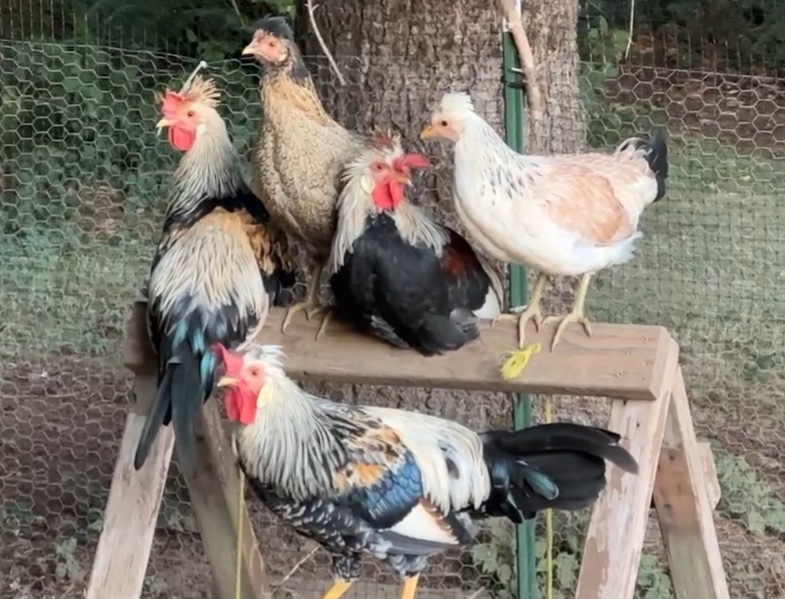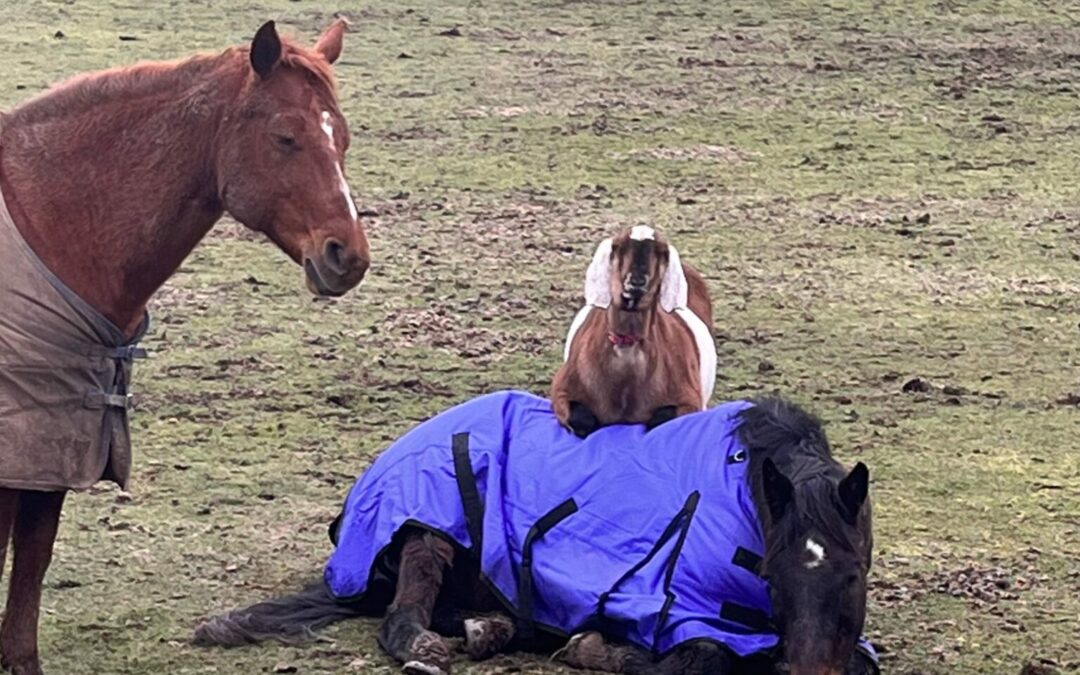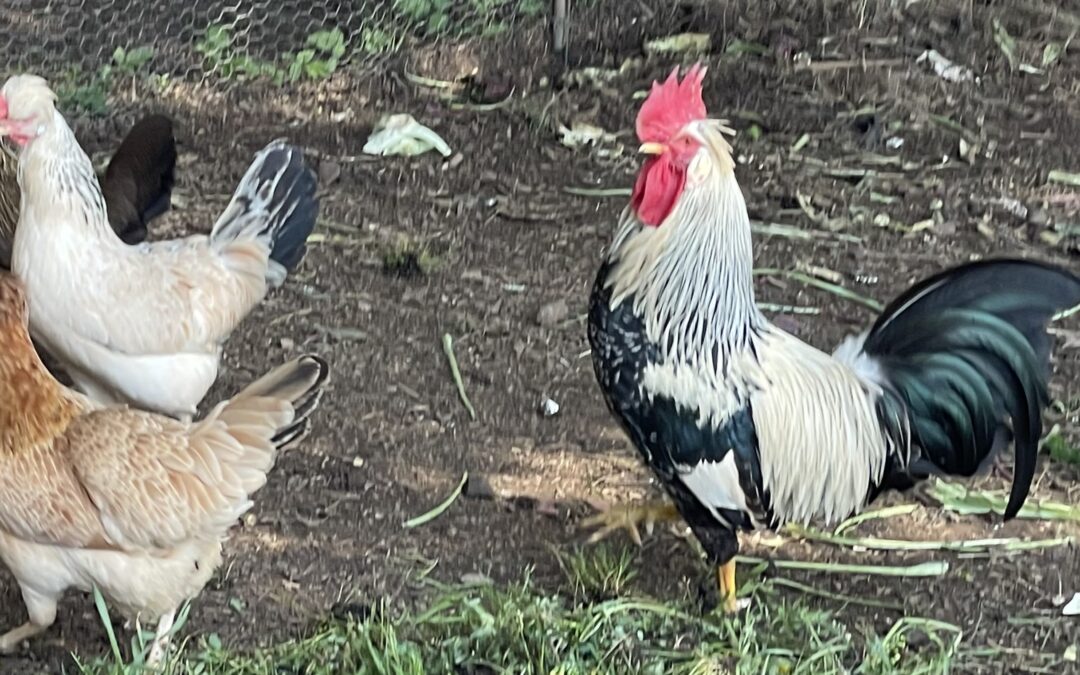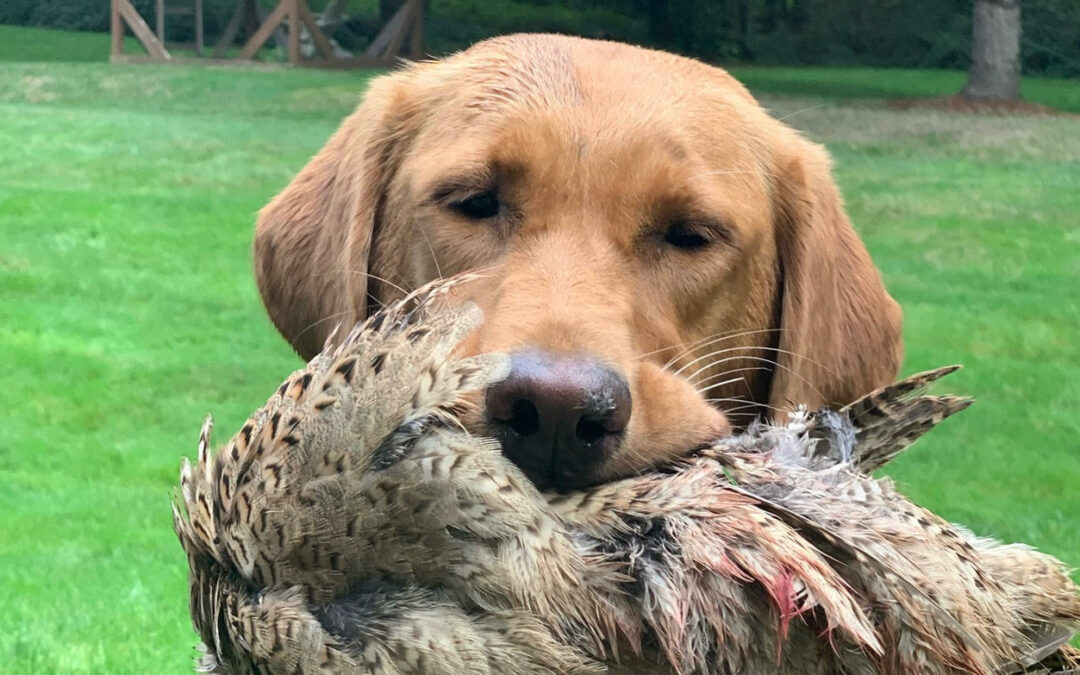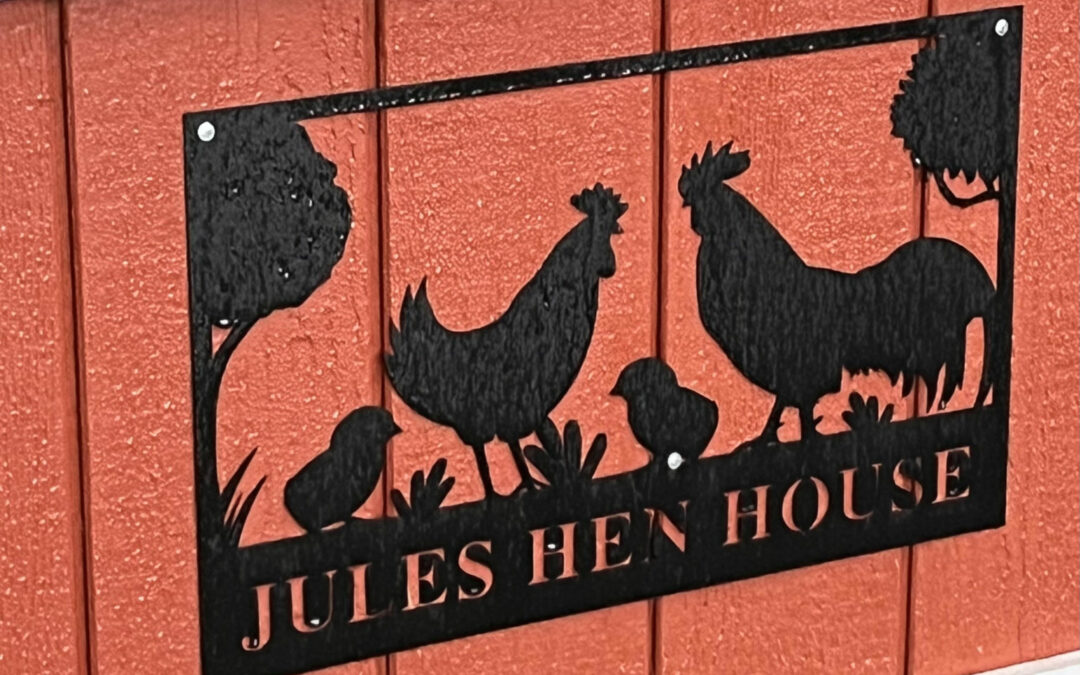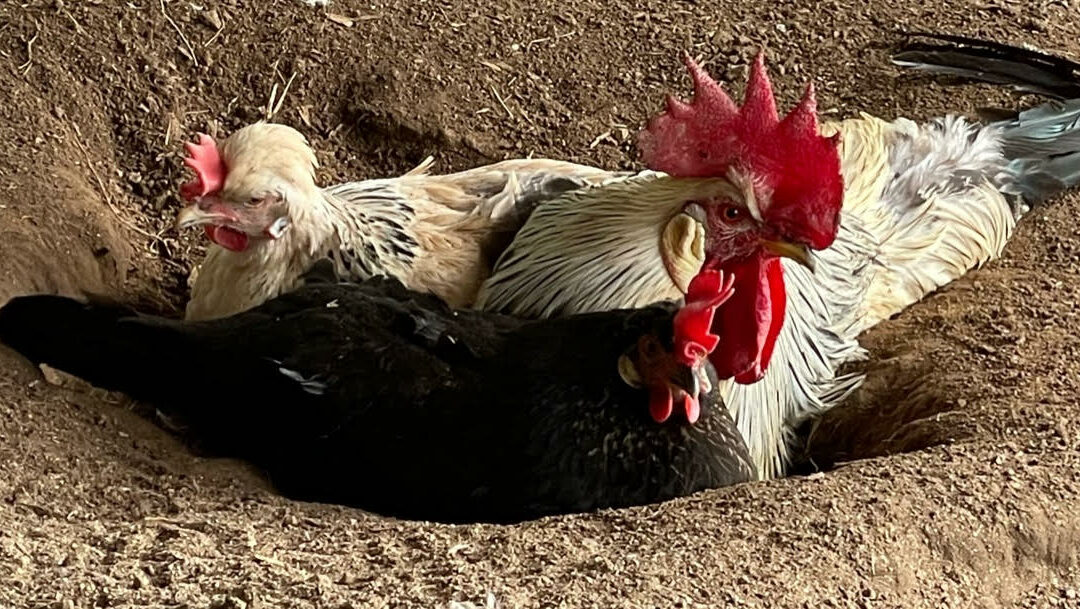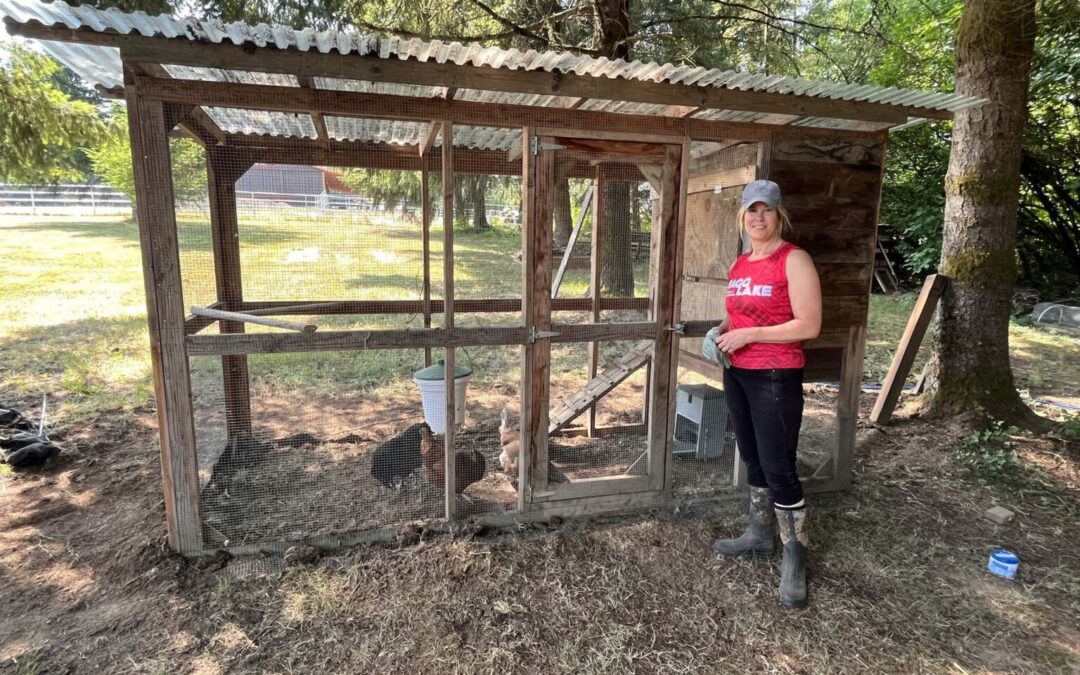
Fall Chicks
After erecting a chicken coop we inherited from a professional structural engineer, I was so excited. This coop is built so well and is perfect for three hens who have the opportunity to free range. But as you know, free ranging is not a viable option when you also have two well-trained hunting dogs. So I stared at this beautiful coop and thought, what are we going to do with it?
And then I had this moment of clarity. We could add siding to the coop, turning the entire structure into the coop, and then build onto it with a fence that allowed the chickens to roam around outside. I hurried back to the house to share my moment of brilliance with my husband. Who, as I found out, was way ahead of me on that thought.
Perfect: we were aligned on the vision. Now we could get to work. I started looking for siding and getting ready to make this vision a reality. Of course, as often happens, he wasn’t too keen on this idea…yet.
The fact is, the end of the summer is not the right time to start raising fryers. This is typically done in the spring. And turkeys take 14 to 25 weeks to mature, so, working backwards from Thanksgiving, we’d want to start turkeys sometime in June. We were late to the fryer and turkey party.
But not all was lost. We just needed to make a plan to get us ready for spring chicks. So we started to develop our one-year plan. This included modifying the coop, adding fencing around the coop so the birds could roam, researching the type of chickens and turkeys we wanted, and learning methods for processing the birds.
In other words, there’s plenty to do in this upcoming year. We just needed to get clarity around what to work on when and who was going to do the work.
I will say that we enjoyed the process as we talked through ideas, debated some approaches and set a budget for all the work. In the end, we were both really pumped about what this next year could bring us.
Planning for raising chickens is similar to setting a one-year plan for a business. As a leadership team, my clients work together discussing and debating the most important things they need to accomplish in the upcoming year. Some of them, not unlike me, want to jump in and get started right away. And some of the ideas can be started immediately. However, there are some things that require planning before getting started.
As I watched a leadership team set their one-year plan a few weeks ago, I noticed they kept circling around their ideas until slowly they narrowed down a few goals. And then they debated, quite passionately at times, what they could realistically accomplish in the upcoming year. They whittled down their list to a set of five goals that everyone was excited about. This was their third annual plan, and the visionary said it was the best one-year plan they had ever set. The goals were concise, achievable and, in his mind, the most important things the organization needed to address.
Do you have a one-year plan that your leadership is working toward? Is your leadership team united around this plan? Did they participate in setting it, or did you develop it in a vacuum? Allowing the team to participate in setting a one-year plan means they are much more likely to be willing to do the hard work to achieve it. As we move into the last quarter of the year, if you need help setting an exciting and compelling one-year plan, I’m just an email away.


